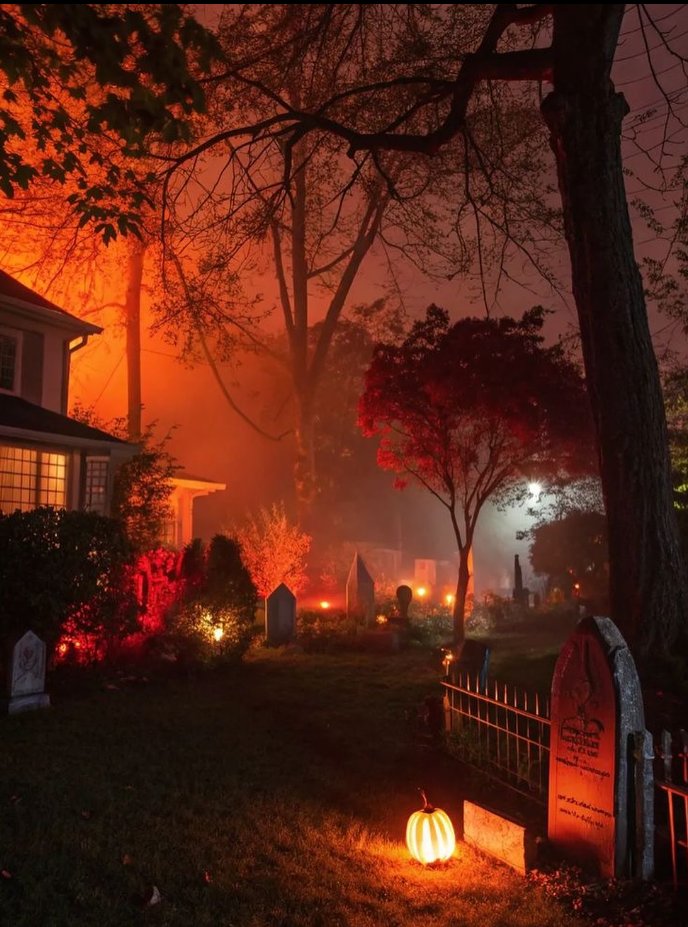April 9, 2025
Written by: Isabelle Jones | Lifestyle Editor
Compassion is one of the most powerful and transformative emotions a person can express. It’s a vital and growing force that has the power to shape both individual lives and communities. It’s easy for compassion to fall between the cracks when we are bombarded with disasters — both natural and man-made. In today’s fast-paced digital world, cultivating compassion is more important than ever, as it helps to build stronger relationships, respond to challenges with resilience and contribute positively to a society in need of greater care and understanding.
Compassion is the ability to recognize and empathize with the suffering or struggles of others — feeling a desire to help alleviate the pain and hardship. Compassion can be expressed through kind words, understanding or even small acts of kindness, and it often brings people closer together.
Many think that compassion and sympathy go hand in hand, but they are very different. Sympathy is the feeling of pity or sorrow for someone’s misfortune or suffering — it’s feeling bad for someone but not necessarily taking action to help.
Why do we need to practice compassion? For one, it builds stronger connections with the people in our lives. Showing that we care and are understanding towards others fosters a sense of closeness and trust. When people feel valued and supported, it leads to stronger and more meaningful relationships. Being compassionate towards others increases our own happiness. It gives one a sense of fulfillment and purpose. Helping others releases oxytocin — the “feel-good” chemical.
Compassion directly helps alleviate the suffering of others, whether it’s emotional, physical or psychological. We can make a tangible difference in someone’s life, helping them to feel less isolated in their struggles.
Compassion also contributes to the creation of a more caring and supportive society. Compassionate communities are more inclusive, less judgmental and more cooperative. It’s beneficial to everyone because it reduces social isolation and fosters a greater sense of belonging. One becomes resilient in the face of adversity as they practice compassion. Responding with empathy and patience reduces feelings of anger, frustration and helplessness when we are faced with challenges.
Acting compassionately to others can inspire them to act kindly, creating a positive ripple effect. Focusing on understanding and caring for others shifts our focus from personal grievances to more constructive and positive actions that result in the improvement of our own mental state and relationships. In the end, it truly helps to create a more supportive, resilient and harmonious world for everyone.
There is concern of a decline of compassion within our modern society. Here are some of the reasons why we’re seeing a downward trend.
Increased digital interactions — Social media and online communication increases the loss of face-to-face, personal connections that naturally foster compassion. Because online interactions feel more impersonal, they lead to a decrease in empathy and a sense of emotional detachment. Specifically, the anonymity of the internet can increase cases of trolling and online bullying.
Individualistic lifestyles — Our modern life emphasizes productivity, achievement and individual success. With the prioritization of competition and individualism, there is less focus on collective well-being and concern for others. People may feel too busy or preoccupied with their own lives to engage in compassionate acts toward others.
Social and political polarization — Increasing polarization happens when people are deeply divided. There’s a tendency to dehumanize those on the “other side,” making it harder to feel empathy or compassion for people with differing viewpoints. Polarization also creates an “us vs. them” mentality which, in turn, fuels a society where understanding and kindness are overshadowed by judgment and hostility.
Cultural shifts towards self care — Although self care is extremely important for our mental and emotional well-being, an overemphasis on individual needs can sometimes overshadow a focus on others. Becoming too absorbed in one’s own self-care routine can lead to the neglect of the needs of others and/or fails to engage in acts of kindness and compassion. The shift towards self-care is due to the constant exposure to global crises, such as war, poverty and natural disasters, through news and social media. Also known as “compassion fatigue” and “desensitization,” this can be overwhelming, leading one to disconnect emotionally or feel helpless, reducing their capacity to respond with compassion.
There are many challenges that hinder compassion in some areas of society. The decline in compassion may be more related to certain societal trends or challenges, but the ongoing efforts of individuals, communities and organizations suggest that compassion continues to thrive and can be nurtured in response to the difficulties we face. We can fight back by actively practicing compassion. But ow can we practice compassion?
Active listening — This means to truly listen to others without judgment or interruption; to listen to understand, not just to respond. Also, to acknowledge someone’s emotions and letting them know they’re heard can be incredibly comforting.
Showing empathy — Try to put oneself into the other person’s shoes to understand their emotions and experiences. Comfort them by saying, “I can’t imagine how hard that must be for you.” This shows that one recognizes their pain and is emotionally connected to their experience.
Offering help and support — Compassion is demonstrated through action. Try to offer to help through physical assistance, emotional support or being there for someone.
Don’t forget about self-compassion — It’s important to be kind to oneself. Treat oneself with the same kindness, understanding and patience that one would offer a close friend. Instead of being overly critical, be empathetic and offer gentle encouragement.
Random acts of kindness — Small, unsolicited acts of kindness go a long way, such as holding the door open for someone, sending a thoughtful note to a friend or giving a genuine compliment. Actions not only brighten someone else’s day but also cultivate a mindset of compassion in your own life.
Avoiding judgment — Avoid making snap judgements about others. One’s behavior is often influenced by unseen circumstances. Try to be open-minded and approach others with curiosity and compassion instead of criticism and labels.
Practice patience — It’s a requirement for cultivating compassion. Give people the time and space they need.
Understand that words have power — Be mindful how one speaks to others. Communicate with kindness and respect. A gentle word can sometimes heal more than a harsh one. Also remember, when offering advice, make sure it’s supportive rather than critical.
Be present — Sometimes the most compassionate thing one can do is simply be present for someone. Being there for someone in their time of need can provide them with a sense of comfort and connection.
Be forgiving — This includes letting go of grudges and practicing forgiveness. Holding onto anger or resentment is harmful in the long run. It’s important to know when it’s time to forgive. Forgiving others can create healing and free up emotional space for compassion. It’s equally as important to practice self-forgiveness, releasing oneself from unnecessary blame.
Cultivate compassion beyond humans — This extends to animals and the environment. Reducing waste, conserving water and treating animals with care are ways to practice compassion for the world.
Compassion helps us connect on a deeper level, fosters a sense of empathy and motivates us to act with kindness, understanding and patience. This practice requires effort and mindfulness as the rewards are immeasurable — both for those we help and for ourselves. It doesn’t take much to change the world, but one could try starting with one small act.
Contact the author at howllifestyle@wou.edu









